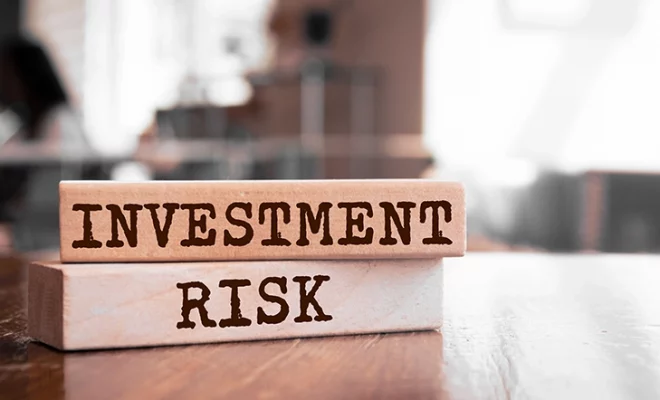Are Individual Bonds Safer than Bond Funds?

Individual bonds and bond funds are two fundamentally different instruments that work well in different market situations. Bonds are secure investments that generally come with a fixed return and in most cases, with a predetermined maturity amount. Bond funds or bond mutual funds, on the other hand, are mutual funds that invest exclusively in such bonds. However, even with bonds, there are certain inherent risks that need to be mitigated with a well-diversified portfolio that has a combination of several types of assets.
Investors generally believe that bond funds are riskier than individual bonds, but that is not always true. The idea propagates from the fact that bonds once bought go on till their maturity period, whereas, in the case of bond mutual funds, the underlying investments (individual bonds) keep changing. If you compare the two investment avenues for a given period, you may not find a considerable difference between the risk exposure of the two. In fact, in most cases, risk exposure may come out to be the same. However, while dealing with bonds and bond funds, there are a few important things you must understand and consider to make a well-calculated move.
Table of Contents
Here are a few things to keep in mind while dealing with bonds and bond funds:
Though investors believe that individual bonds are the safest, there is a lot that needs to be understood while investing in them. The two most critical risks that surround these two investments are:
1. Inherent risk
Also known by the name default risk in individual bonds, inherent risk is a major factor that needs to be considered and mitigated. Individual bonds are safe havens of investment, but the default risk cannot be neglected. The risk is even higher when you have invested in general obligation bonds that are primarily dependent upon taxes for revenue generation.
However, this default risk can be dealt with by investing in bond funds. Bond funds predominantly invest in different variants of bonds spread across government and private sectors like short-term bonds, mid-term bonds, and long-term bonds. The diversification across different bond types hedges against the default risk as it gets divided, making bond mutual funds a much safer option.
2. Interest rate risk
Interest rate risk can be found in both the options, individual bonds, as well as bond mutual funds. Interest rate risk refers to the potential loss that can occur in an investment avenue due to a variation in the rate of interest. Interest rate and bond value share an inversely proportional relationship that is, if one rises the other one falls. Hence, even if there is a rise in the interest rates, the overall value of the bonds falls, which makes them unattractive to behold.
This can be understood with an example. Think of a scenario where you have invested in a bond with the current interest rate at 6%. Now, if the interest rates rise and all other existing bonds and similar fixed income assets can earn you an interest rate of 6%, then you would not want to stay invested in the same bond. This is so because the opportunity cost of investing in a fixed duration, fixed-income bond is reduced and almost compensated. You would look out for other investment avenues or even bonds that can be bought in a similar interest range, with some added benefits or avenues that offer a higher interest rate.
Once you understand the two risk types and how they can impact your investment decision related to bonds, the next step is to understand when to invest in which option. Although the general investor bank believes in timing the market before making any investment decision, in the case of bonds, individual and funds, it is more about making fair and inclusive calculations.
Buying individual bonds and bond mutual funds
This decision can be made by keeping an eye on the interest rates that have been prevailing in this segment. This can be explained under two scenarios:
1. When interest rates are low and on an upward trend
When the interest rates are low and are expected to tread an upward trend, buying individual bonds can be the best option. Since the interest rates are lower, you can profit from the increasing rates with the rising trend.
2. When interest rates are high and on a downward trend
When the interest rates are high and are expected to go on a downward trend, then buying bond mutual funds can be the better option. This is so because since the fund or bond value and the interest rate are inversely proportional, the decrease in the interest rate will directly lead to a rise in the fund value. This gives investors a chance to make profitable trading since the net asset value (NAV) of their investment increases.
Depending upon these scenarios, you can make a decision to invest in individual bonds or bond mutual funds. On a broader note, having a mix of both the investment types can reap greater benefits under all the market conditions and interest rate fluctuations. A portfolio diversified across the two investment types can hedge against total principal loss and allow you to participate in rising fund prices to make trading profitable.
To sum it up
Investing in individual bonds and bond mutual funds requires a lot of understanding of the difference between the two and of the market condition that suits each one the best. It is easier said than done and making this decision can sometimes turn out to be a tedious task. Hence, it can be fruitful to take professional advice from financial advisors in such matters.

















